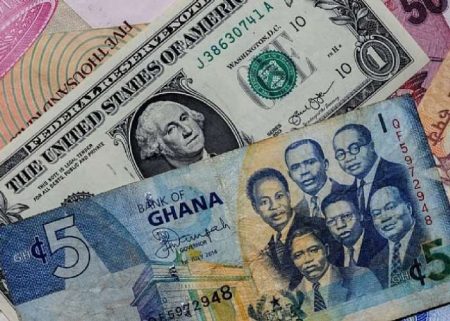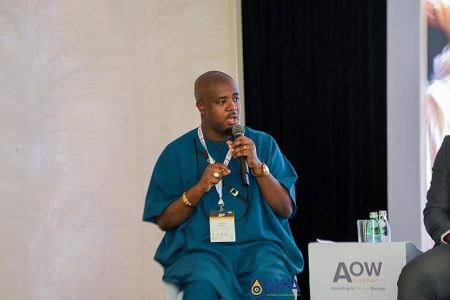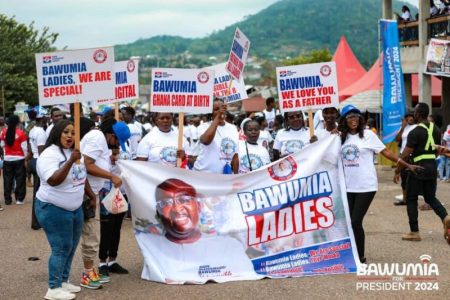Paragraph 1: The Prophecy and the Challenge
Prophet Fire Oja, a self-proclaimed spiritual figure, issued a stark prophecy concerning the burgeoning music career of Ghanaian rapper Black Sherif. The prophet declared that Sherif’s musical journey had reached its apex, and that the artist would be unable to produce another hit song. This pronouncement quickly gained traction within the music community and beyond, igniting debates about its validity and the prophet’s motivations. Adding fuel to the fire, Prophet Fire Oja issued a veiled challenge to Black Sherif, stating that if the artist had dared to question his pronouncements, he would have witnessed the full extent of the prophet’s spiritual power. This seemingly antagonistic statement further intensified the controversy and placed Black Sherif at the center of a spiritual and public relations storm.
Paragraph 2: The Public Reaction and Black Sherif’s Silence
The prophet’s prophecy and subsequent challenge triggered a wide spectrum of reactions from the public. Some staunchly supported Prophet Fire Oja, viewing him as a genuine spiritual authority whose words carried weight. Others dismissed his pronouncements as mere attention-seeking tactics, suggesting that he was leveraging Black Sherif’s fame to bolster his own public profile. This division in public opinion further solidified the controversy, creating camps of believers and skeptics. Notably, Black Sherif himself remained silent amid the unfolding drama, choosing not to address the prophet’s assertions directly. This silence became a point of speculation, with some interpreting it as a sign of respect or fear, while others saw it as a strategic move to avoid further escalating the situation.
Paragraph 3: The Nature of Prophecy and Celebrity Predictions
The controversy surrounding Prophet Fire Oja’s prophecy highlights the persistent fascination with predicting the future, particularly within the realm of celebrity and entertainment. Throughout history, prophets and prognosticators have attempted to foretell the trajectories of famous figures, often with varying degrees of accuracy. These predictions can range from general pronouncements about career success or failure to highly specific details about personal lives and future events. In the digital age, such prophecies can spread rapidly through social media and online news platforms, amplifying their impact and reaching a vast audience. The public’s response to these pronouncements often depends on pre-existing beliefs about prophecy, the credibility of the predictor, and the perceived vulnerability or power of the targeted individual.
Paragraph 4: The Power Dynamics of Prophecy and Public Image
The interaction between Prophet Fire Oja and Black Sherif also exposes the complex power dynamics inherent in such pronouncements. By publicly predicting the demise of Sherif’s career, the prophet attempted to exert a form of symbolic control over the artist’s future. This act can be interpreted as an attempt to diminish Sherif’s standing within the music industry and to establish the prophet’s own authority. Conversely, Sherif’s silence can be seen as a strategic maneuver to retain control over his own narrative and public image. By refusing to engage directly with the prophecy, he avoids validating the prophet’s claims and maintains a degree of autonomy in shaping his own destiny.
Paragraph 5: The Impact on Artistic Expression and Creative Freedom
The controversy also raises questions about the potential impact of such pronouncements on artistic expression and creative freedom. If artists are constantly burdened by the weight of prophecies and external expectations, it could stifle their creative exploration and limit their willingness to take risks. The fear of fulfilling a negative prophecy might lead artists to self-censor or to conform to perceived expectations, potentially hindering artistic innovation and originality. The public scrutiny and pressure generated by such pronouncements can create a challenging environment for artists, particularly emerging talents like Black Sherif who are still establishing their foothold in the industry.
Paragraph 6: The Role of Media and Social Media Amplification
The rapid spread of Prophet Fire Oja’s prophecy and the subsequent public discourse were significantly amplified by media coverage and social media engagement. News outlets quickly picked up the story, further disseminating the prophet’s claims and fueling the controversy. Social media platforms became breeding grounds for discussions, debates, and polarized opinions, with both supporters and critics of the prophecy sharing their perspectives. This amplified media attention created an echo chamber effect, intensifying the scrutiny on both Prophet Fire Oja and Black Sherif, and transforming a localized incident into a national conversation about prophecy, celebrity, and the power of public opinion. The incident underscores the significant role that media and social media play in shaping public perception and influencing the trajectories of individuals in the public eye.














